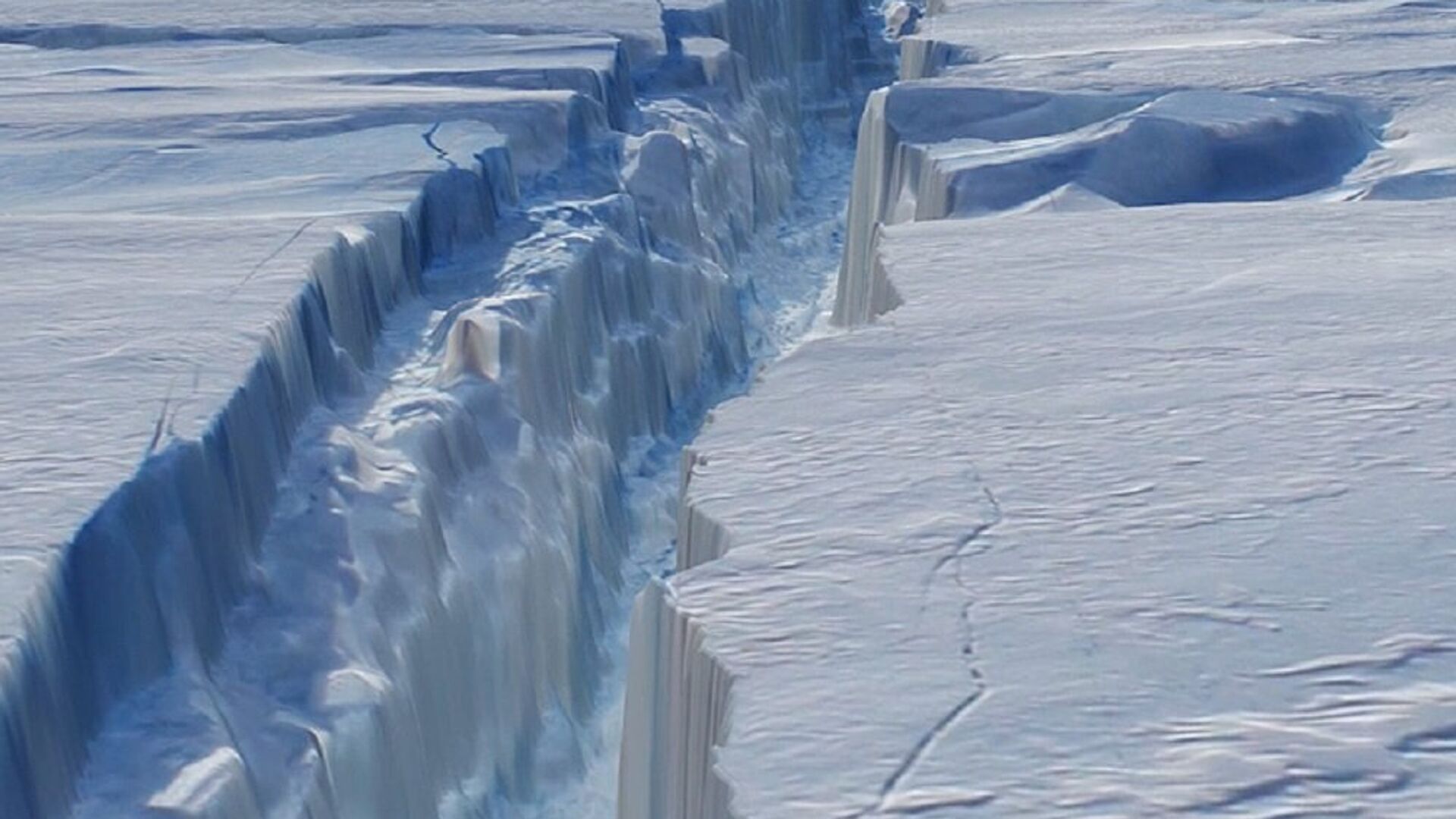https://sputnikglobe.com/20220703/never-before-seen-microbes-trapped-in-glaciers-could-spark-new-pandemic-if-released-1096912993.html
Never-Before-Seen Microbes Trapped in Glaciers Could Spark New Pandemic if Released
Never-Before-Seen Microbes Trapped in Glaciers Could Spark New Pandemic if Released
Sputnik International
Glaciers and ice sheets cover about 10% of our planet's surface and are one of Earth's largest reservoirs of fresh water. However, there might be more to them... 03.07.2022, Sputnik International
2022-07-03T12:29+0000
2022-07-03T12:29+0000
2022-07-03T12:29+0000
science & tech
glacier
pandemic
microbes
https://cdn1.img.sputnikglobe.com/img/106480/05/1064800503_0:52:1000:615_1920x0_80_0_0_677f71252784ae83efeac7358d402d0e.jpg
Researchers from the Chinese Academy of Sciences have found about 1,000 never-before-seen microbes inhabiting glaciers on the Tibetan Plateau - and some of them may potentially trigger new pandemics should they be unleashed.The scientists collected and analyzed ice samples from 21 glaciers in central Asia, sequencing the microbes' DNA from the ice samples and assembling their genetic information. The discovery has been coined the Tibetan Glacier Genome and Gene (TG2G) catalogue, and around 98% of the species turned out to be previously unknown to science.Such microbial diversity in glaciers may be a thrilling discovery, but it also caused concern that some of them could potentially wreak havoc should they escape their icy prison.Within the newly-formed catalogue, the researchers identified 27,000 virulence factors — molecules that help bacteria colonize their potential hosts. Moreover, around 47% of these factors have never been observed before, which is why there is no way to know for sure just how dangerous the bacteria might be.Earth boasts more than 20,000 glaciers that cover around 10% of the planet's surface. So there are plenty of places we might want to be on the lookout for when planning pandemic prevention.
Sputnik International
feedback@sputniknews.com
+74956456601
MIA „Rossiya Segodnya“
2022
Sputnik International
feedback@sputniknews.com
+74956456601
MIA „Rossiya Segodnya“
News
en_EN
Sputnik International
feedback@sputniknews.com
+74956456601
MIA „Rossiya Segodnya“
Sputnik International
feedback@sputniknews.com
+74956456601
MIA „Rossiya Segodnya“
science & tech, glacier, pandemic, microbes
science & tech, glacier, pandemic, microbes
Never-Before-Seen Microbes Trapped in Glaciers Could Spark New Pandemic if Released
Glaciers and ice sheets cover about 10% of our planet's surface and are one of Earth's largest reservoirs of fresh water. However, there might be more to them than initially thought!
Researchers from the Chinese Academy of Sciences have
found about 1,000 never-before-seen microbes inhabiting glaciers on the Tibetan Plateau - and some of them may potentially trigger new pandemics should they be unleashed.
The scientists collected and analyzed ice samples from 21 glaciers in central Asia, sequencing the microbes' DNA from the ice samples and assembling their genetic information. The discovery has been coined the Tibetan Glacier Genome and Gene (TG2G) catalogue, and around 98% of the species turned out to be previously unknown to science.
"Despite extreme environmental conditions, such as low temperatures, high levels of solar radiation, periodic freeze-thaw cycles and nutrient limitation, the surfaces of glaciers support a diverse array of life," the authors behind the study explained.
Such microbial diversity in glaciers may be a thrilling discovery, but it also caused concern that some of them could potentially wreak havoc should they escape their icy prison.
"Ice-entrapped pathogenic microbes could lead to local epidemics and even pandemics," the researchers warned.
Within the newly-formed catalogue, the researchers identified 27,000 virulence factors — molecules that help bacteria colonize their potential hosts. Moreover, around 47% of these factors have never been observed before, which is why there is no way to know for sure just how dangerous the bacteria might be.
Earth boasts more than 20,000 glaciers that cover around 10% of the planet's surface. So there are plenty of places we might want to be on the lookout for when planning pandemic prevention.

